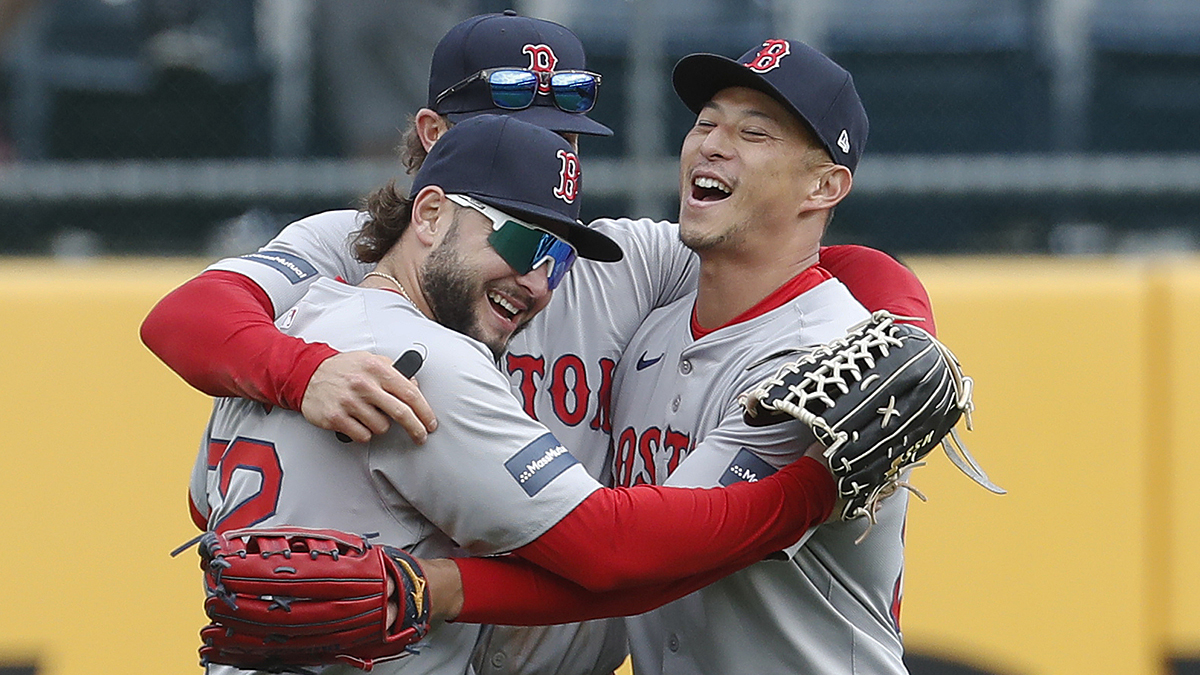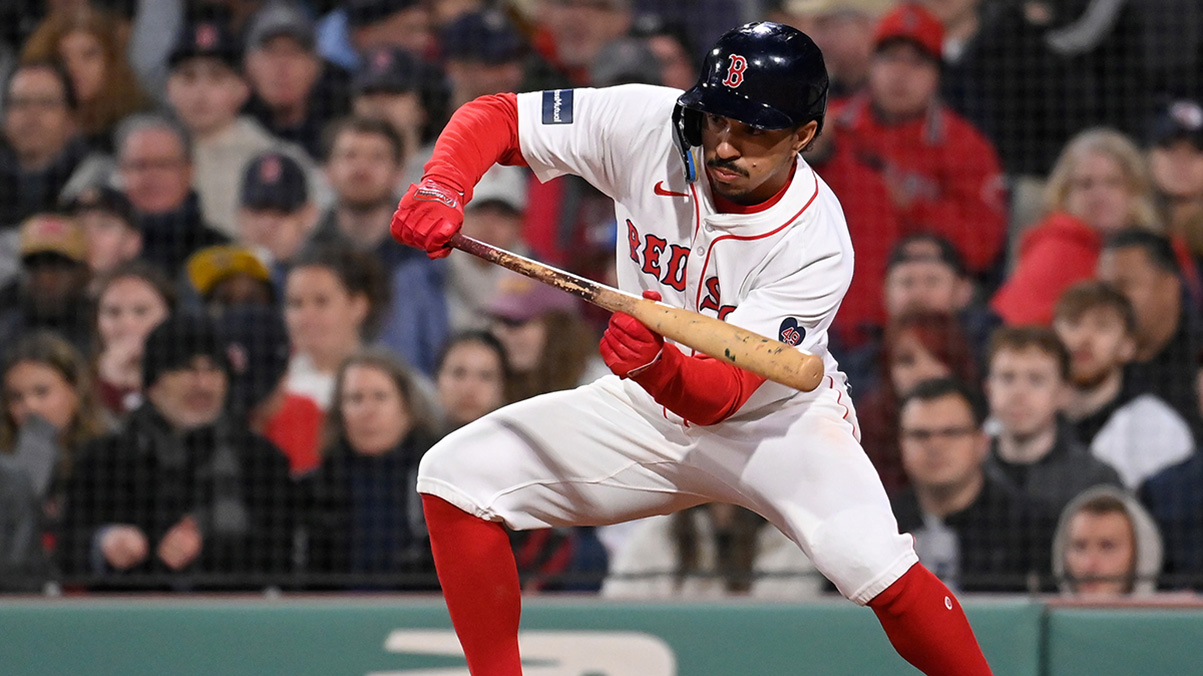BALTIMORE -- Near the start of his Red Sox career, Tim Wakefield -- who would wind up pitching 17 years for the club and would tie for the most number of wins in franchise history -- was largely on his own.
One of Wakefield's first pitching coaches in Boston, Joe Kerrigan, regarded knuckleballers as little more than freakish performers.
When Wakefield encountered mechanical issues, Kerrigan could offer little assistance. The pitch was unpredictable, and in Kerrigan's mind, so was the pitcher. The same rules that helped Kerigan dissect and analyze a conventional pitcher's issues wouldn't work with Wakefield.
That frustrated both coach and pitcher, as Wakefield was left to fend for himself.
More than once, as Wakefield foundered, Kerrigan essentially told him: "There's nothing I can do to help you; you're on your own.''
Steven Wright has far more at his disposal, and it's one of the reasons Wright has enjoyed a run of consistency that often eluded Wakefield. There's help available, assistance that Wright readily takes full advantage of.
If throwing a knuckleball hasn't exactly developed into a science, it's certainly far more advanced than it was in 1995, when Wakefield arrived in Boston.
Boston Red Sox
In the middle of a season that has seen him post an ERA of 2.45 and toss a league-best three complete games, Wright has has developed his game fully.
He regularly changes speeds with the knuckler, adding one more complicating factor to an already mystifying pitch.
Depending on the conditions, the hitter, and the score, Wright can either add or subtract to the velocity of his signature pitch. On Monday, when he limited the Orioles to two runs on four hits in a 7-2 Memorial Day victory, he offered knuckleballs as slow as 59 mph and fastballs as fast as 83 mph.
"I like it,'' said Wright, "especially against a lineup like [the Orioles]. They're a very aggressive team. In that inning they scored the two runs (the fifth), I kind of got caught up in the same speed. So I kind of went out there after that and concentrated on not throwing too many at the same speed. It kind of throws them off, because I'm hoping that if I leave one up, the difference in the speed will get them out front.''
But perhaps Wright's biggest step forward this season -- the first in which he began the season as a full-time starter in the rotation -- is the ability to detect and correct flaws within a game, sometimes within an inning. Again, this stands in stark contrast to Wakefield, who was notoriously streaky. When Wakefield was trending in a positive fashion, both he and the club could only hope that it continued. When he hit a rut, however, there was telling how long he would scuffle, unable to reverse his downhill slide.
Wright has no such issues. He can often tell -- and if he doesn't, pitching coach Carl Willis can help -- when his delivery has gone askew. Better yet, he knows what he needs to do immediately to correct it.
"Absolutely,'' agreed Wright. "It's my fifth year doing it and I've worked tirelessly with Wake and [bullpen coach Dana Levangie] and Carl and that's one thing we've concentrated on, is staying within that delivery. Because it's all about staying relaxed and repeating my delivery -- especially for me, but really, any pitcher. Because I'm getting more years, more reps, it's become a little more easier to make an adjustment pitch-to-pitch.''
"He's shown that [ability] in a number of starts this year,'' said manager John Farrell. "That's a testament to someone who knows more about himself, to have those checkpoints.''
Ironically, it was Wakefield himself -- who got so little help for periods of his own career -- who offered Wright a key checkpoint last season.
"He had me move my hands back,'' recalled Wright. "What it does is, it helps me lock my shoulders in a place so I don't get rotational. That's one of the biggest things because if I started feeling that I'm getting rotational, then there's something off.
"It could be a number of things, but I feel like that's the biggest adjustment that I made. It's a small one, but it's huge in keeping everything within reason. Because I'm not a power pitcher, I don't need to reach back and get something (extea in terms of velocity) so when I do throw a fastball, it's the same mechanical look.''
Wright seemed on the verge of becoming undone in the second inning Monday. With two outs, he walked two hitters, allowed an infield single and loaded the bases.
But from the dugout, Willis noticed that Wright was rushing with his delivery.
''I had a hard time [noticing] it,'' said Wright, "but he could definitely see it. We work tirelessly, especially when Wake is around, to try to find some mechanical things so Carl can help me out if I need it. Same thing with [catchers Ryan] Hanigan and [Christian] Vazquez -- they see it too, because I'm throwing to them all the time.''
All of which has Wright among the game's ERA leaders and tied in the complete game category with the likes of Chris Sale, Johnny Cueto and Clayton Kershaw.
"I definitely sometimes pinch myself," he said, "like, 'Man, is this real?' "


